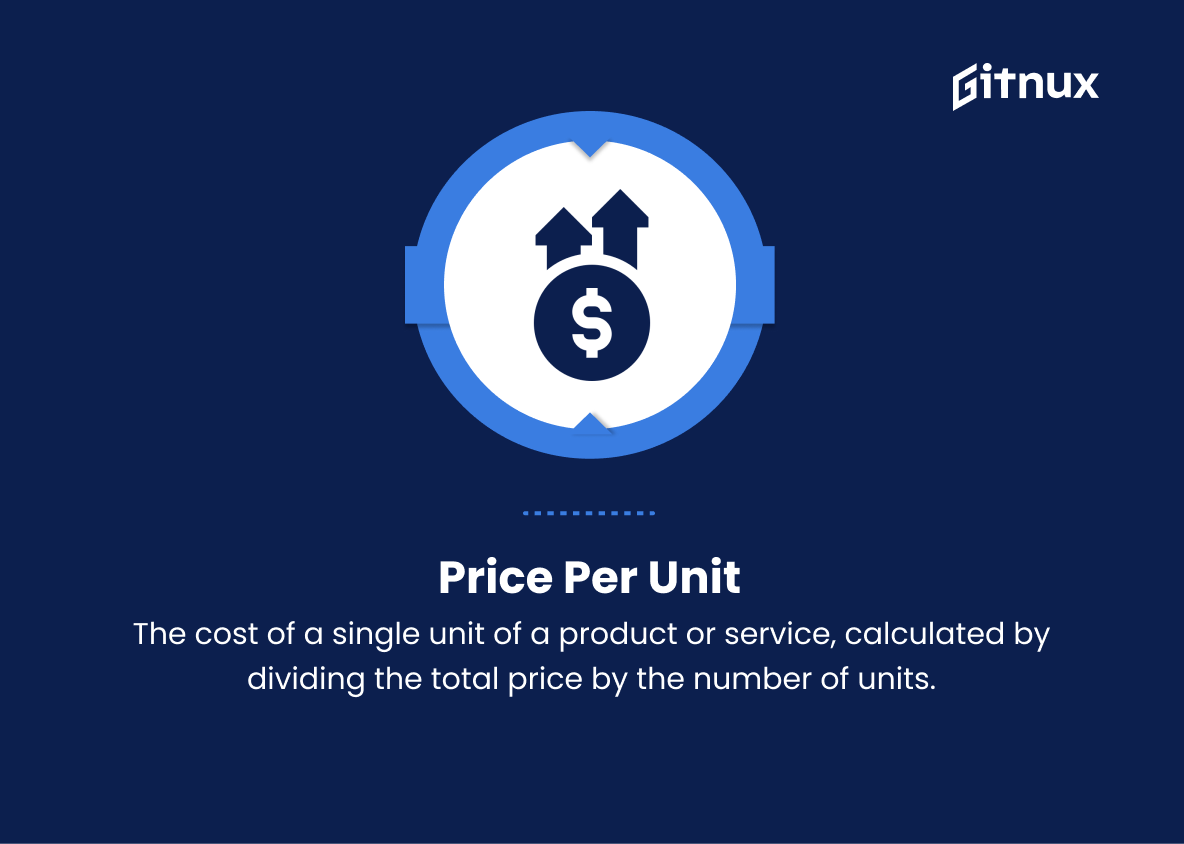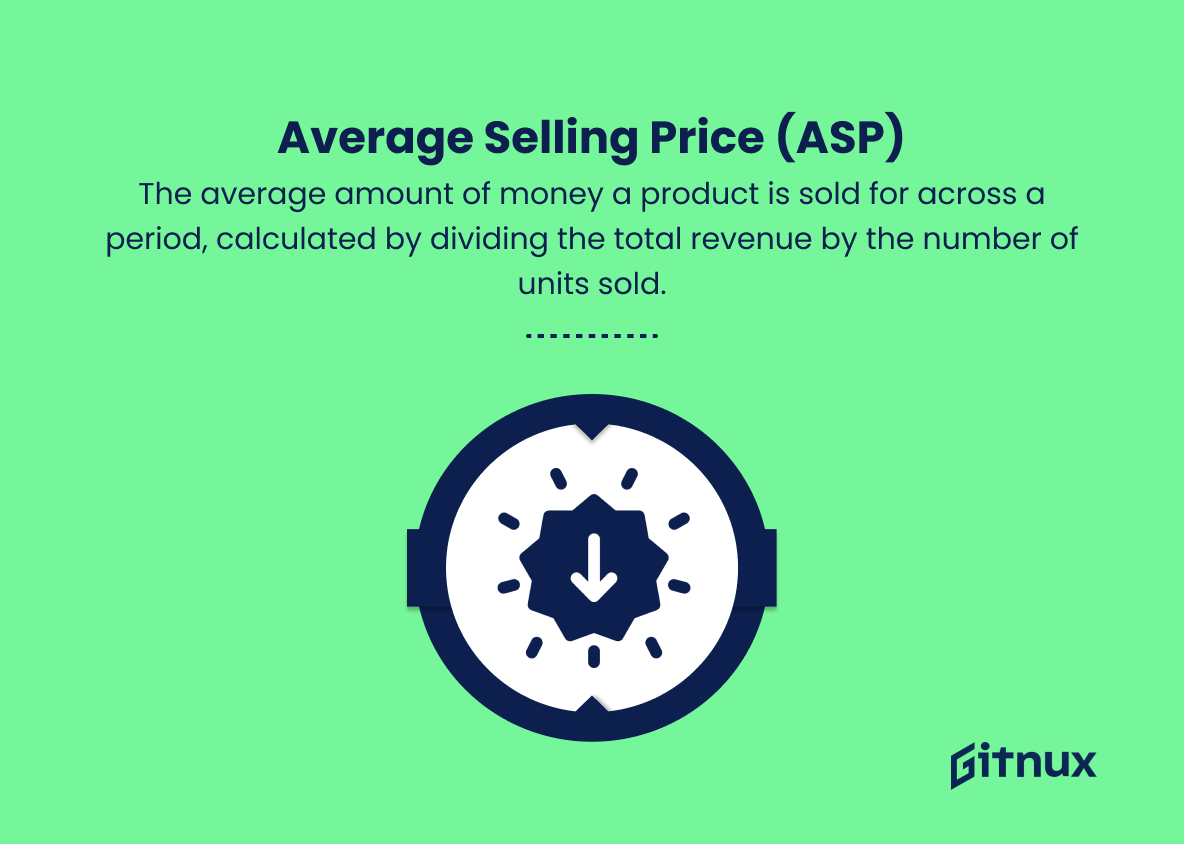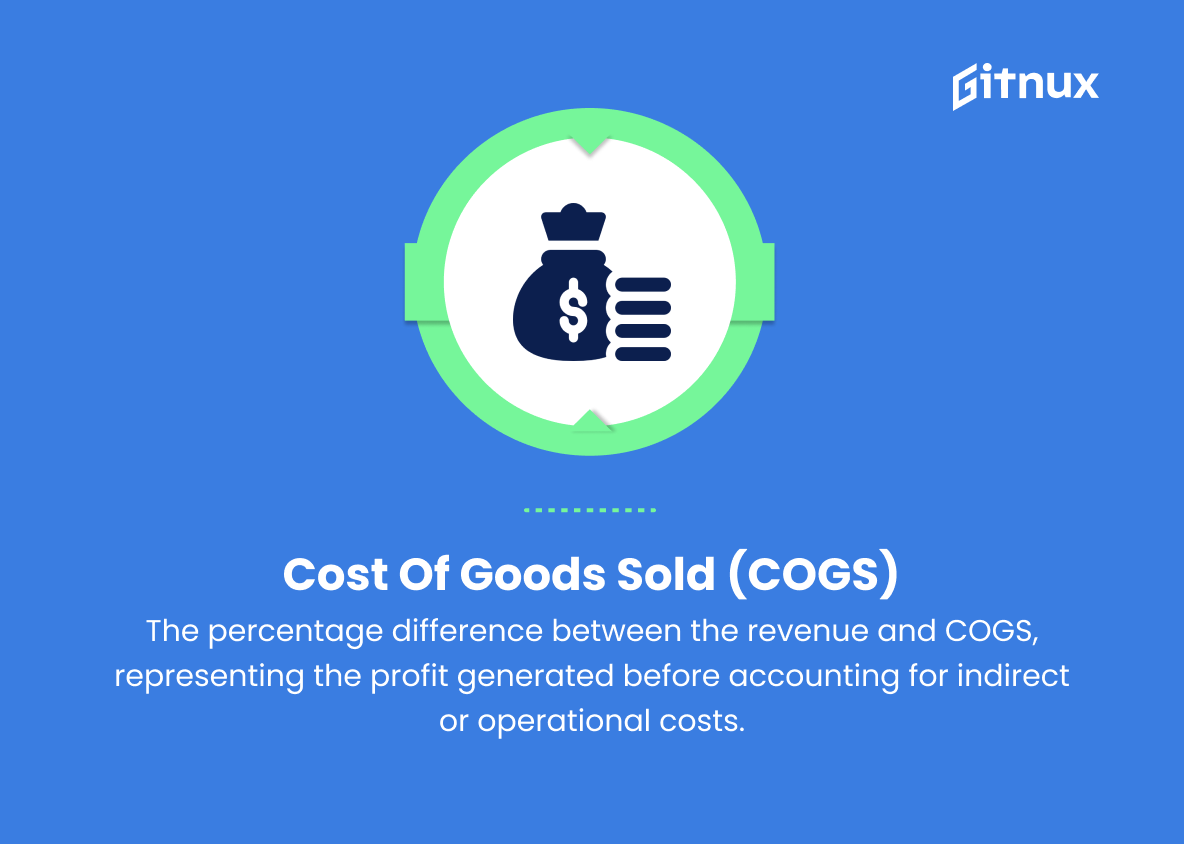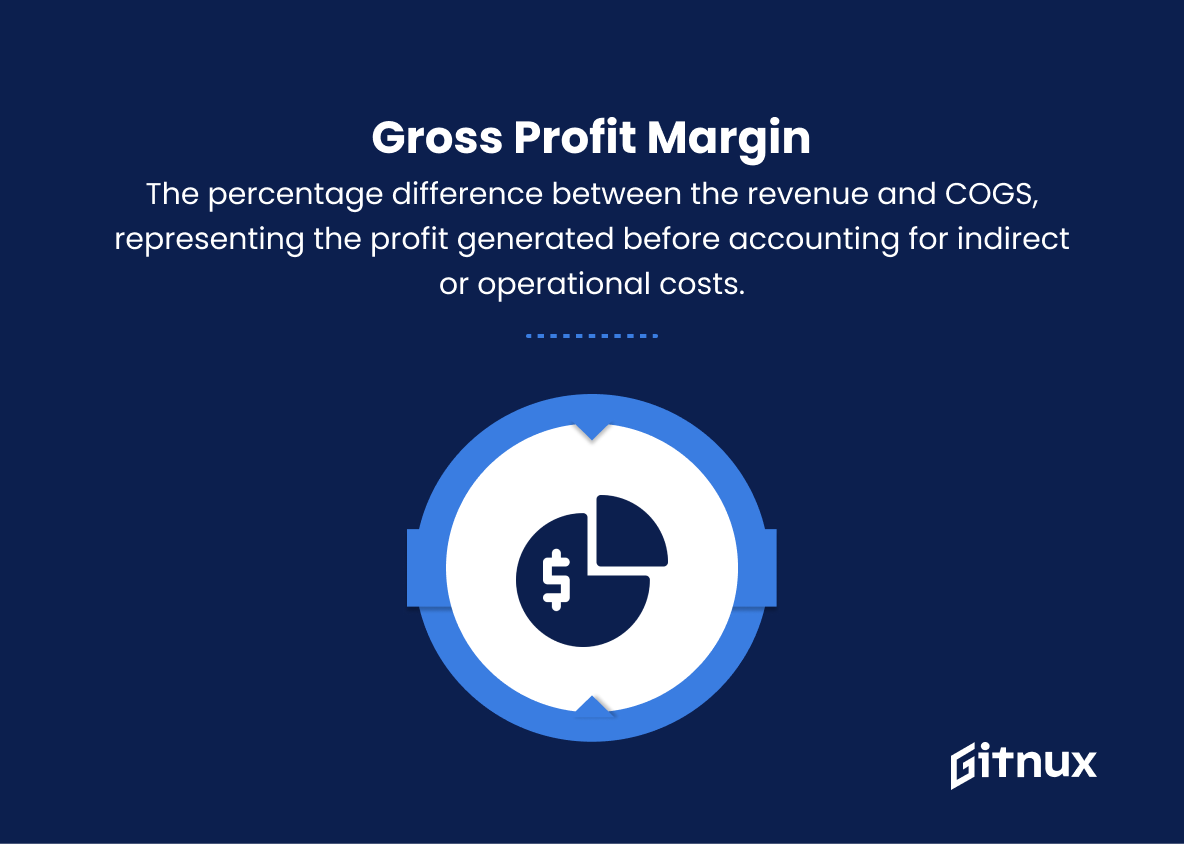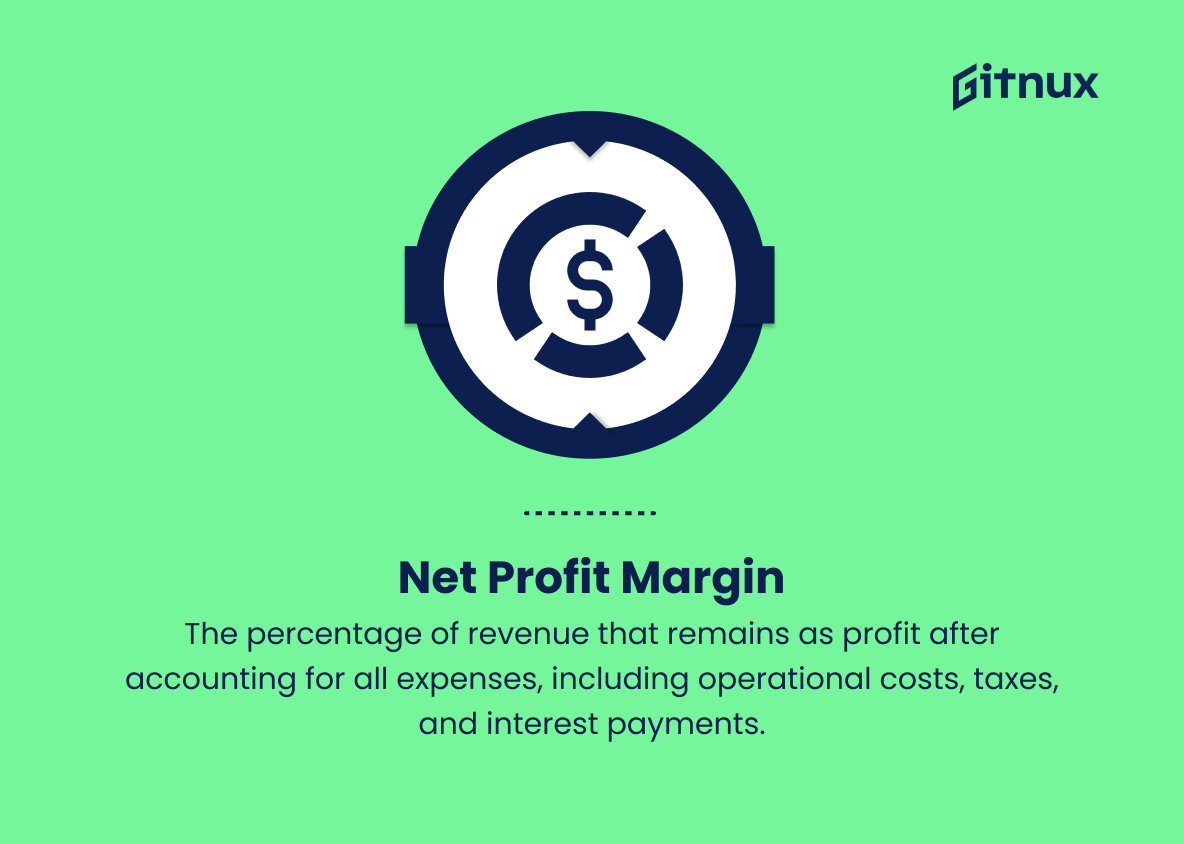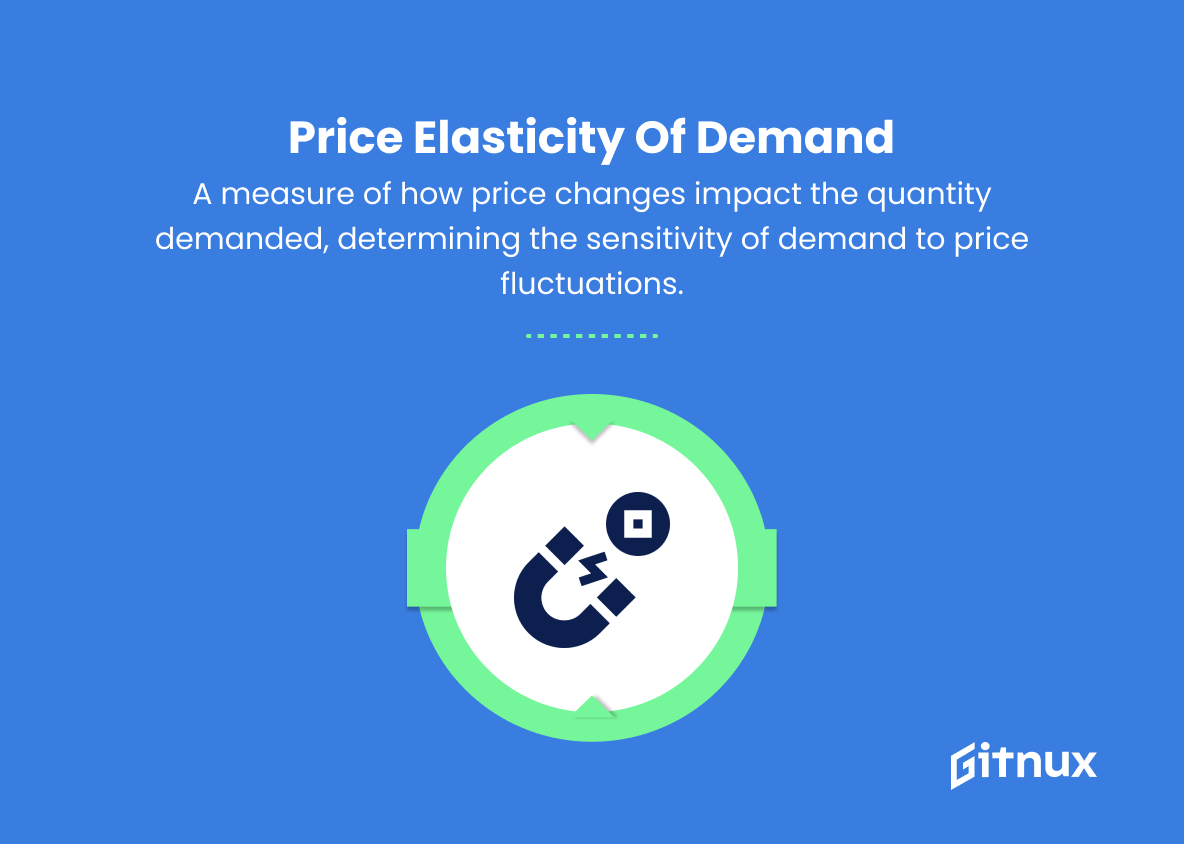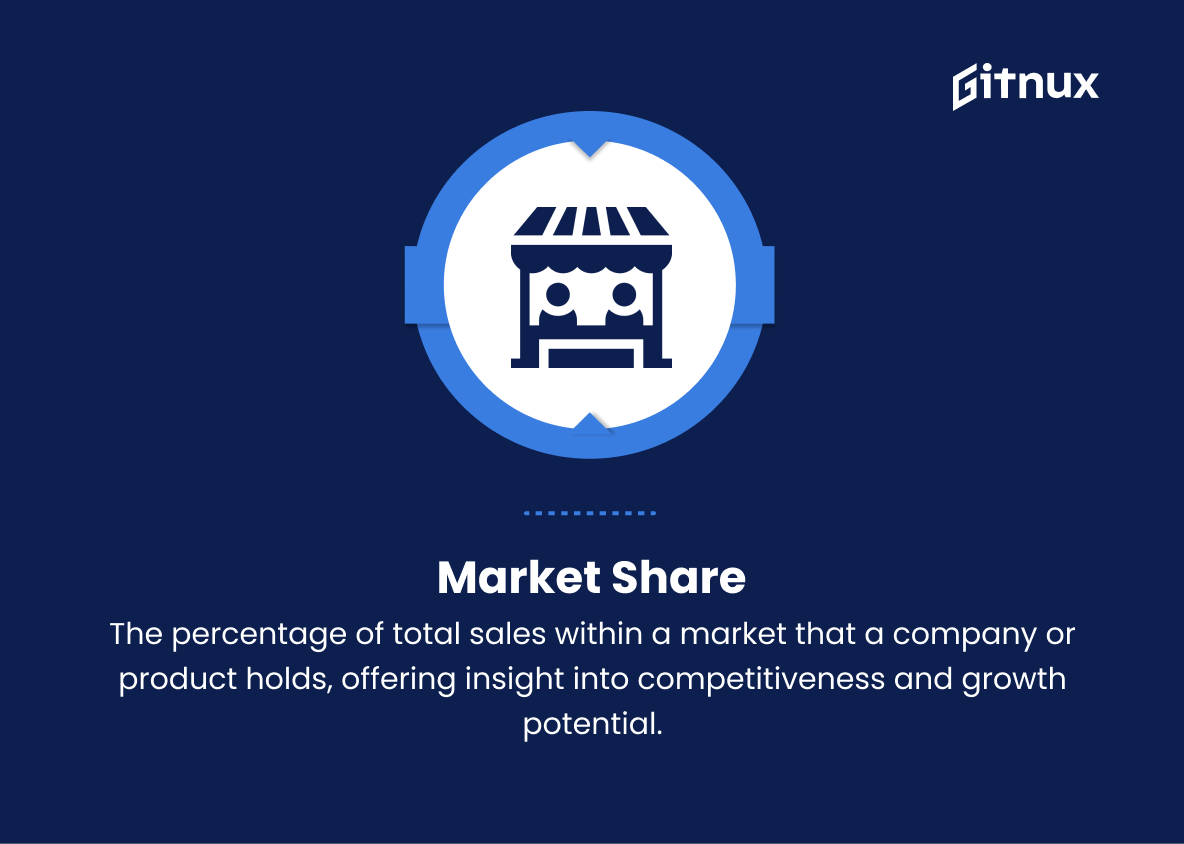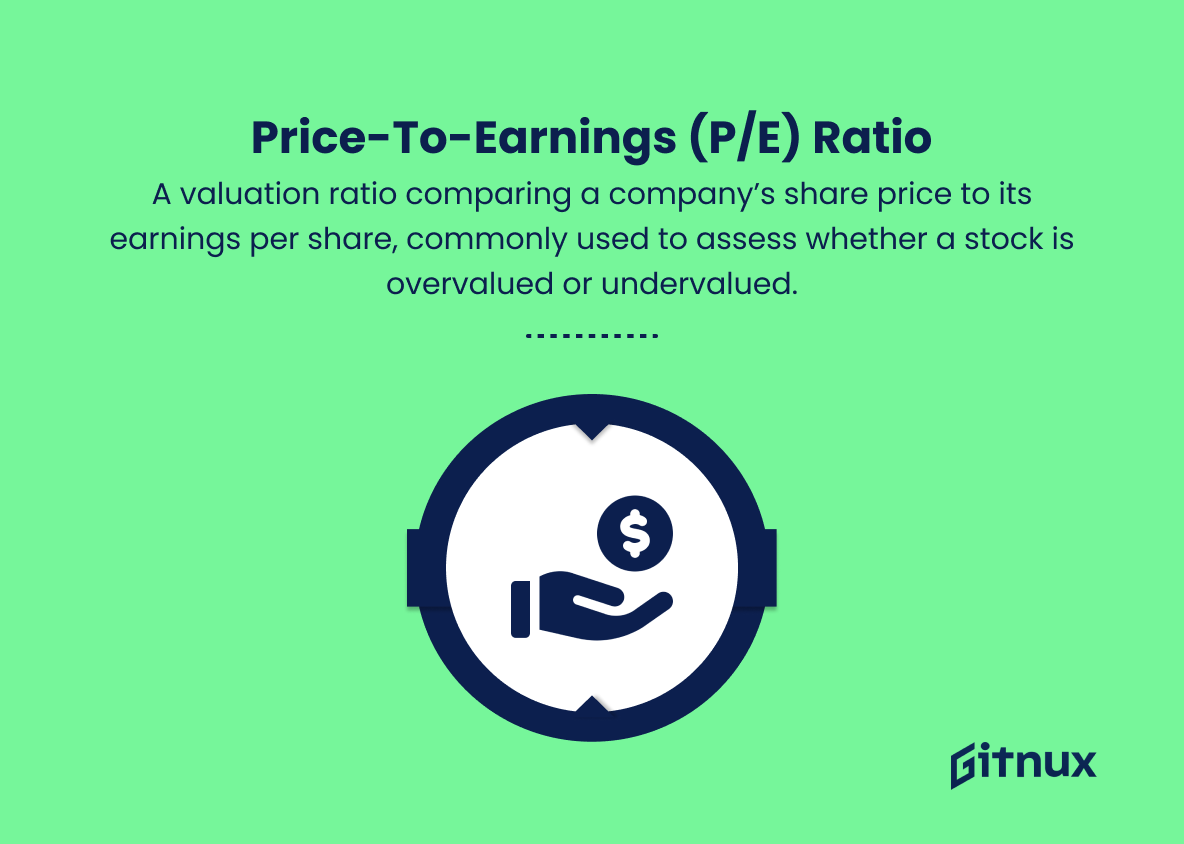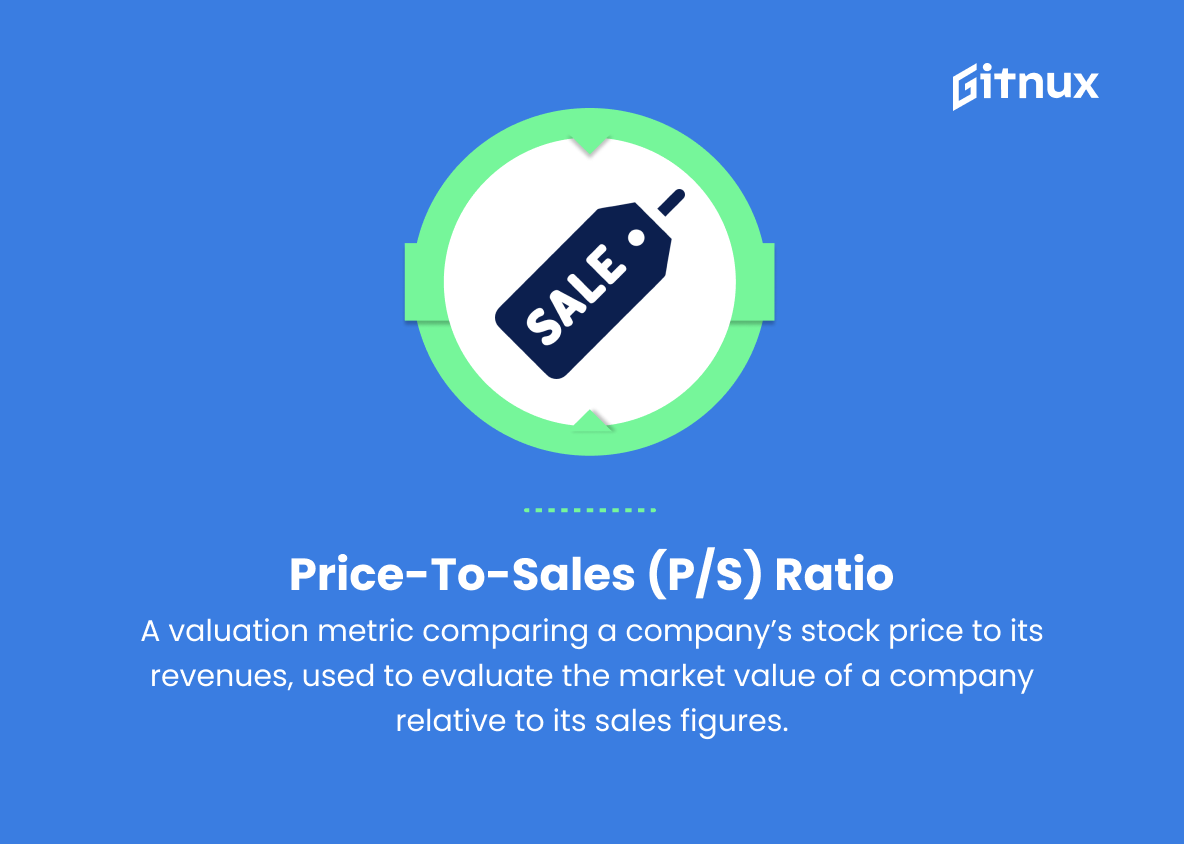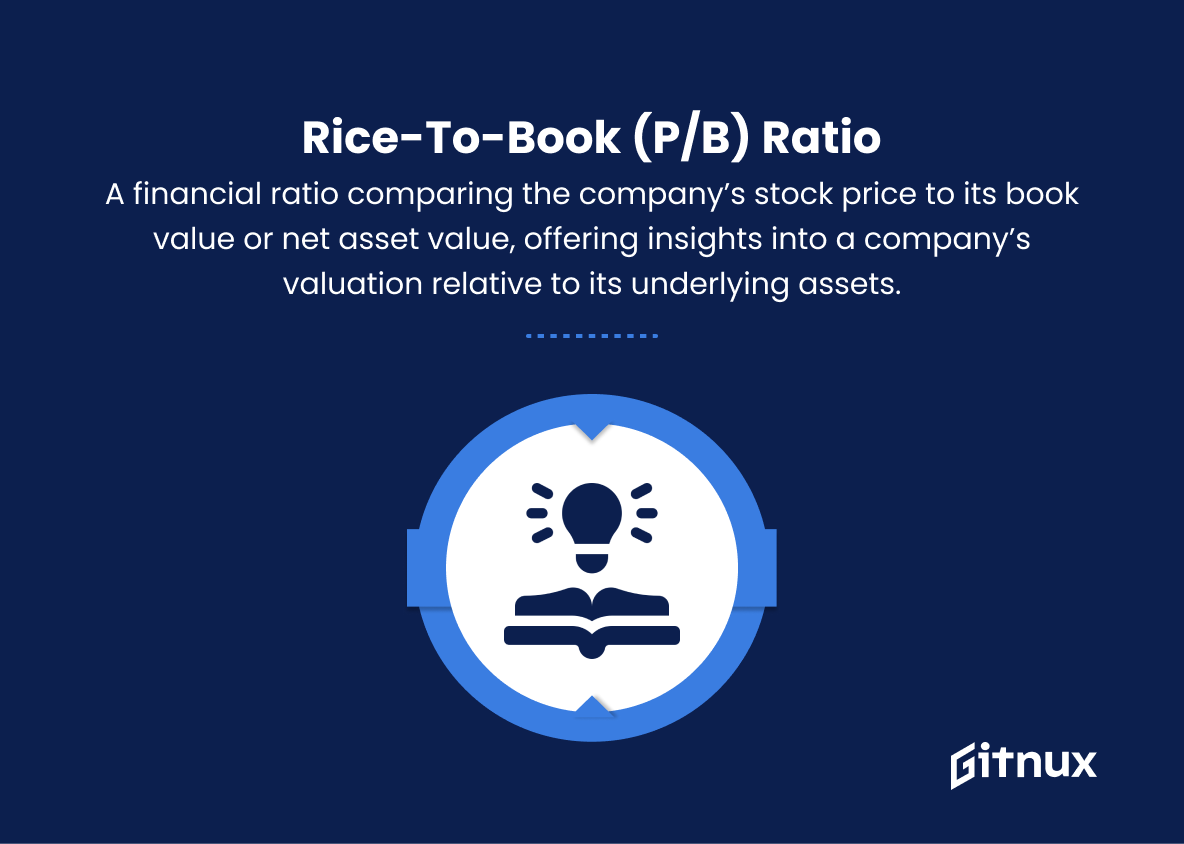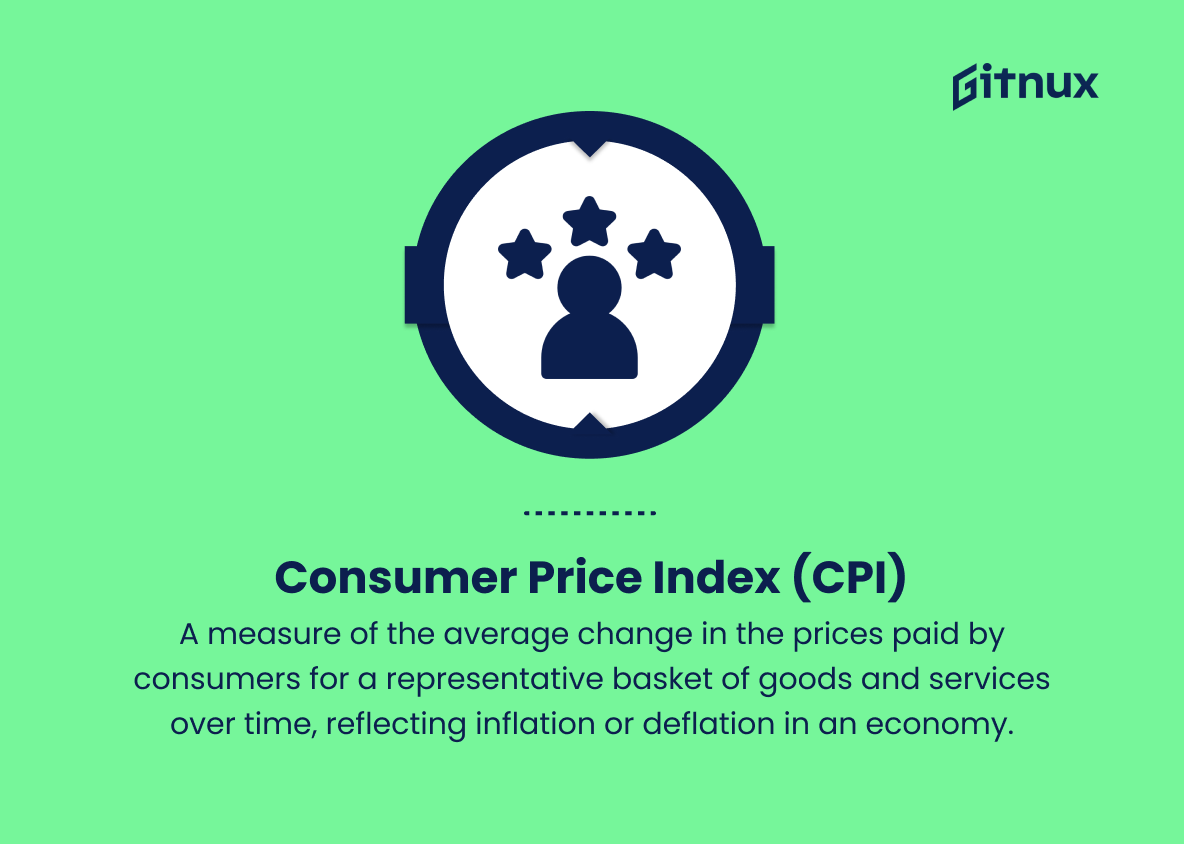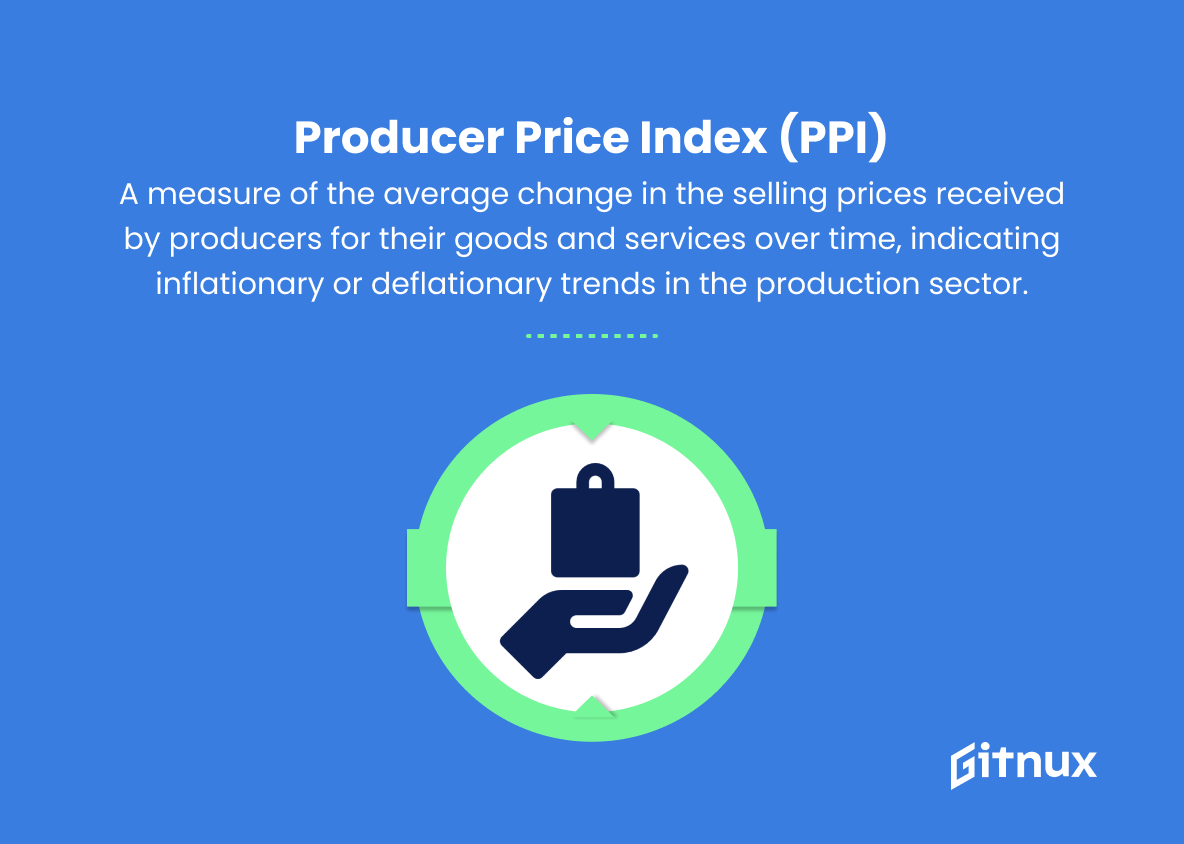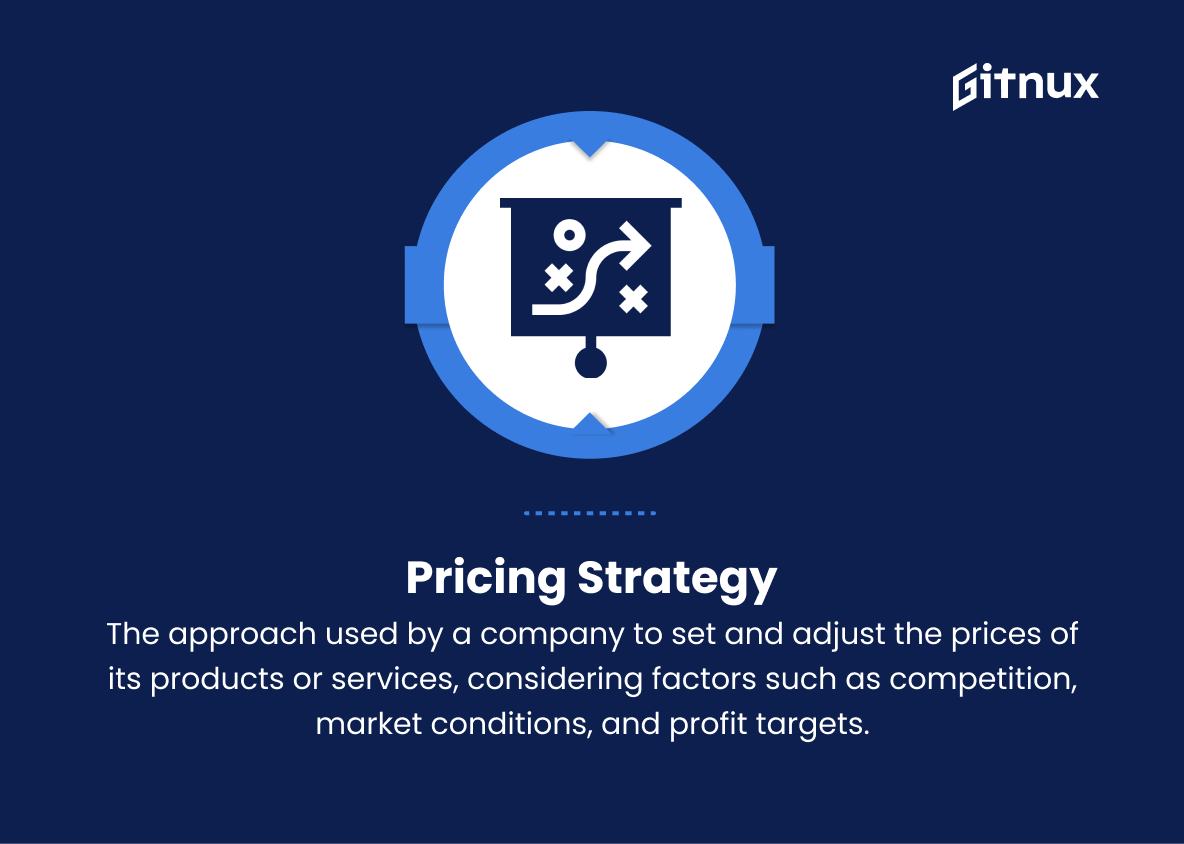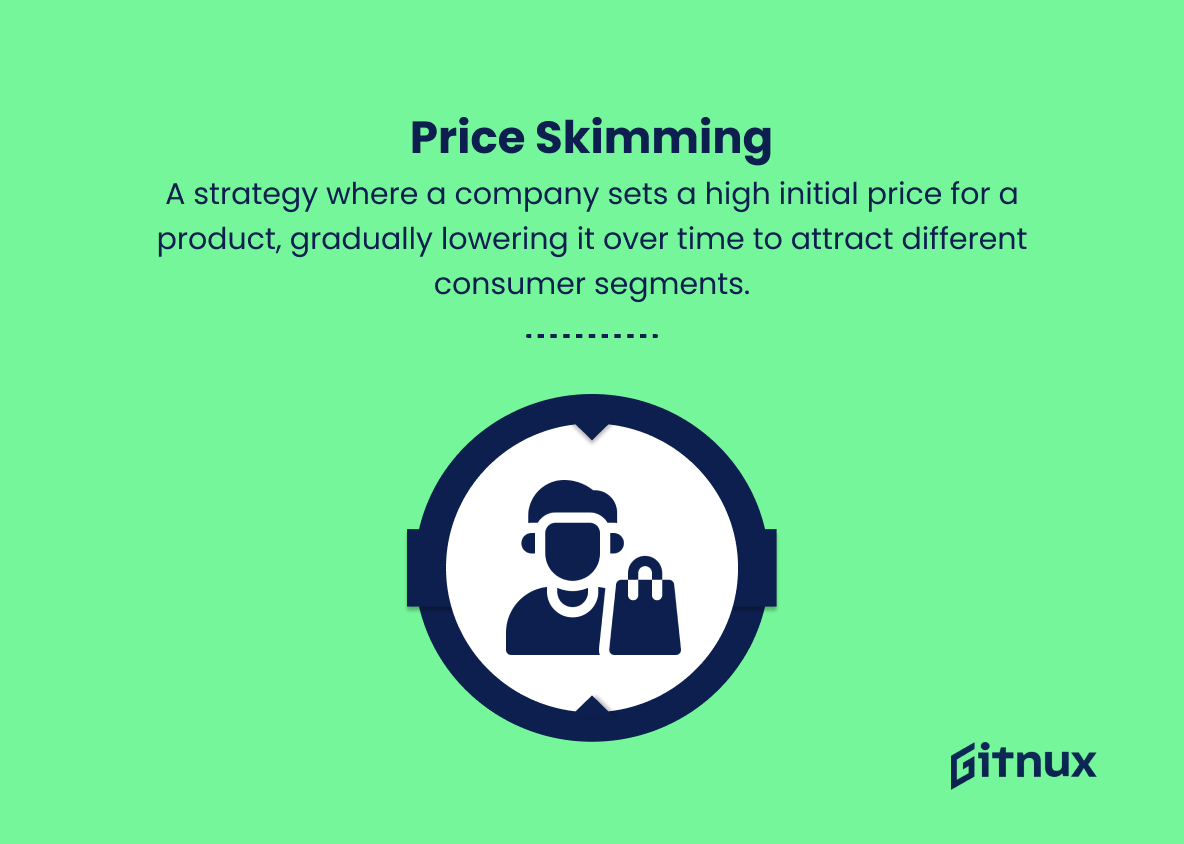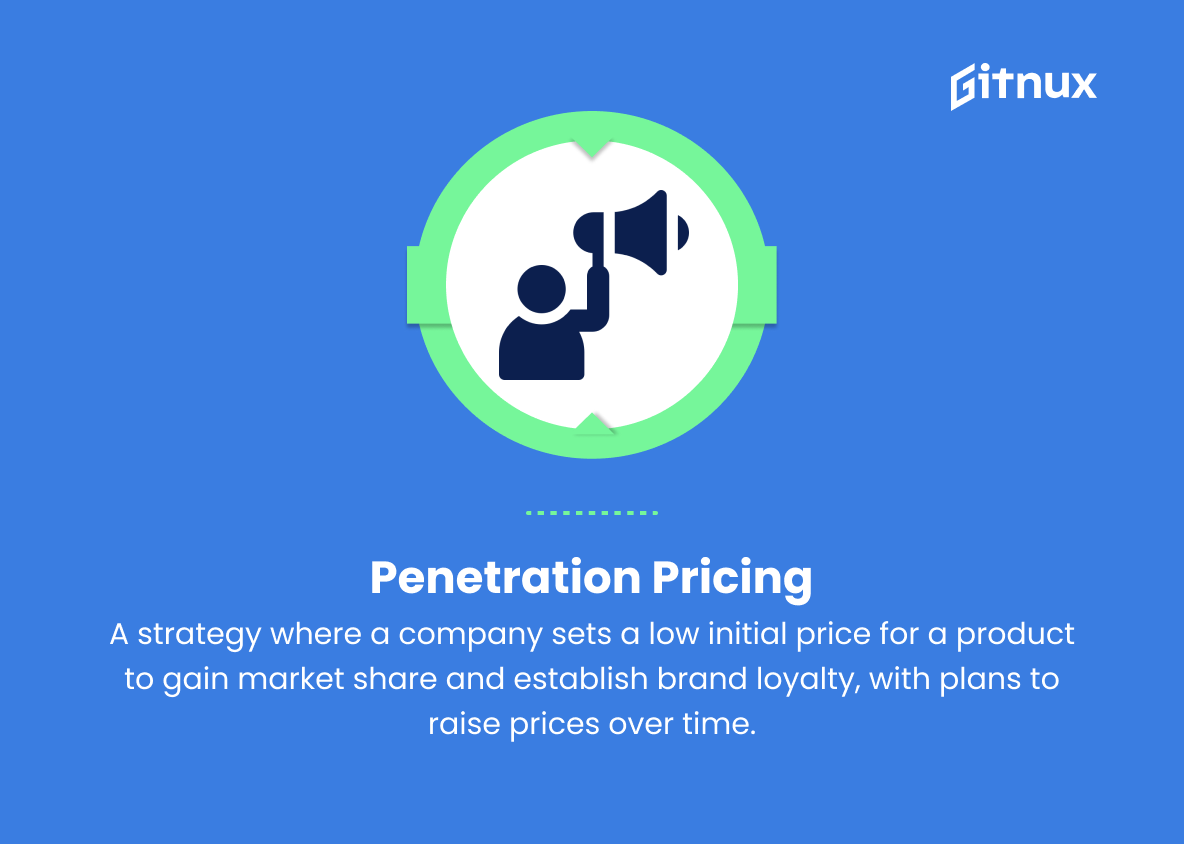In today’s highly competitive and rapidly evolving marketplace, having a comprehensive understanding of price metrics is not only crucial for businesses to thrive, but also for consumers to navigate the complex web of choices available to them. In this hard-hitting blog post, we aim to dissect the various facets of price metrics, delving deep into their significance, the tools and strategies employed to implement them, and the consequences they have on business decision-making and consumer behavior.
This will not only provide you with a solid grasp of the principles of price metrics, but also equip you with the necessary knowledge to make informed decisions in a market driven by price pressures and constant shifts in supply and demand.
Price Metrics You Should Know
1. Price per Unit
The cost of a single unit of a product or service, calculated by dividing the total price by the number of units.
2. Average Selling Price (ASP)
The average amount of money a product is sold for across a period, calculated by dividing the total revenue by the number of units sold.
3. Cost of Goods Sold (COGS)
The total cost of producing and delivering a product, including materials, labor, and overhead.
4. Gross Profit Margin
The percentage difference between the revenue and COGS, representing the profit generated before accounting for indirect or operational costs.
5. Net Profit Margin
The percentage of revenue that remains as profit after accounting for all expenses, including operational costs, taxes, and interest payments.
6. Price Elasticity of Demand
A measure of how price changes impact the quantity demanded, determining the sensitivity of demand to price fluctuations.
7. Market Share
The percentage of total sales within a market that a company or product holds, offering insight into competitiveness and growth potential.
8. Price-to-Earnings (P/E) Ratio
A valuation ratio comparing a company’s share price to its earnings per share, commonly used to assess whether a stock is overvalued or undervalued.
9. Price-to-Sales (P/S) Ratio
A valuation metric comparing a company’s stock price to its revenues, used to evaluate the market value of a company relative to its sales figures.
10. Price-to-Book (P/B) Ratio
A financial ratio comparing the company’s stock price to its book value or net asset value, offering insights into a company’s valuation relative to its underlying assets.
11. Consumer Price Index (CPI)
A measure of the average change in the prices paid by consumers for a representative basket of goods and services over time, reflecting inflation or deflation in an economy.
12. Producer Price Index (PPI)
A measure of the average change in the selling prices received by producers for their goods and services over time, indicating inflationary or deflationary trends in the production sector.
13. Pricing Strategy
The approach used by a company to set and adjust the prices of its products or services, considering factors such as competition, market conditions, and profit targets.
14. Price Skimming
A strategy where a company sets a high initial price for a product, gradually lowering it over time to attract different consumer segments.
15. Penetration Pricing
A strategy where a company sets a low initial price for a product to gain market share and establish brand loyalty, with plans to raise prices over time.
16. Psychological Pricing
A strategy that leverages consumers’ perception of price points, using pricing tactics such as odd-even pricing or anchoring to influence purchasing decisions.
17. Dynamic Pricing
A pricing model that allows companies to adjust prices based on real-time data, such as demand, inventory levels, and competitor pricing.
18. Value-based Pricing
A pricing strategy that sets prices according to the perceived value of a product or service, focusing on delivering value to customers rather than solely targeting profit margins.
Price Metrics Explained
Price metrics play a crucial role in understanding the financial performance, market position, and strategic approach of a company towards its products or services. Metrics such as price per unit and average selling price (ASP) help in determining the cost efficiency and revenue generation potential for each product. Cost of Goods Sold (COGS), gross profit margin, and net profit margin provide insights into a company’s profitability and expense management, whereas price elasticity of demand and market share demonstrate its competitiveness and growth potential.
Valuation ratios like the Price-to-Earnings (P/E) ratio, Price-to-Sales (P/S) ratio, and Price-to-Book (P/B) ratio are useful for assessing the worth of a company’s stock and its financial positioning relative to its underlying assets. Indicators such as the Consumer Price Index (CPI) and Producer Price Index (PPI) provide an understanding of inflationary or deflationary trends affecting an economy.
Furthermore, pricing strategies, including price skimming, penetration pricing, psychological pricing, dynamic pricing, and value-based pricing, serve as essential tools for companies in establishing price points and catering to different customer segments based on market conditions, competition, and consumer perceptions. Overall, price metrics offer valuable inputs for making informed business decisions and establishing a competitive edge in the market.
Conclusion
In conclusion, understanding and incorporating price metrics into your business strategy is crucial in today’s dynamic market. The various factors, components, and assessment techniques we have discussed play a vital role in gauging the overall success and profitability of any enterprise. They aid in making data-driven decisions that lead to a more competitive edge, improved customer satisfaction, and sustained business growth.
By continually evaluating and adapting your pricing strategies, you are not only staying ahead of your competitors, but also maximizing your company’s potential to thrive in the long run. It is, therefore, essential to regularly revisit and fine-tune your price metrics, ensuring increased revenue generation and robust financial performance.
